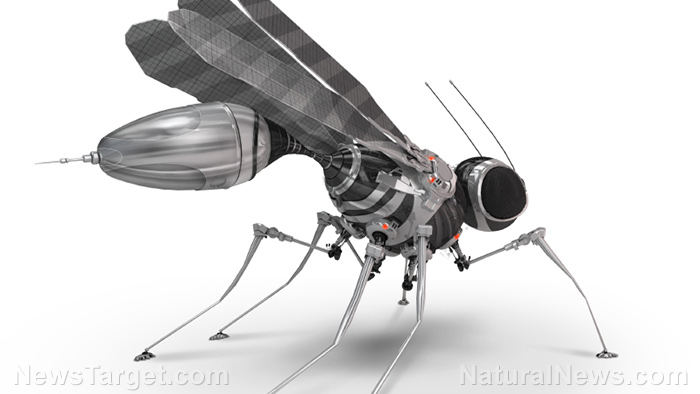Workplaces where humans labor side by side with robots and other automation systems will become more common in the years ahead, and one of the trends fueling these types of environments is the advancement of collaborative robotics.
Article by Bob Violino
With collaborative robot applications, humans and robots can occupy the same workspace at the same time while the system is in automatic mode, said Jeff Burnstein, president of the Association for Advancing Automation (A3), the umbrella association for Robotic Industries Association, Advancing Vision + Imaging, and Motion Control & Motor Association.
Among the biggest considerations in the industry is ensuring the safety of the people working alongside robots. There are safeguards and a risk assessment required, in accordance with the robot system safety standard ISO 10218-1 and -2:2011, Burnstein told ZDNet.
“For now, the collaborative workspace will most likely be a small defined space with familiar fencing or other safeguards surrounding the rest of the robot,” Burnstein said.
When implemented according to the guidelines in the latest standard, a collaborative robot system might use a combination of what A3 calls “Power and Force Limiting” and “Speed and Separation Monitoring”.
With Power and Force Limiting, the power and force of the robot’s motion is constrained to levels that have proven to not cause pain to a human if contact were to occur, Burnstein said. The new standard, ISO/TS 15066, “provides data on pain threshold levels allowing us to know where to set those limits on the power and force of the robot’s movement,” he said.
With Speed and Separation Monitoring, on the other hand, the robot is made aware of a human’s presence and takes action to maintain a safe distance, or shut down altogether if the safe distance can’t be maintained.
“In this scenario, if the human takes a step towards it, the robot might move an equal distance backward, maintaining the safe distance at all times,” Burnstein said.
The notion of collaborative robots and the basis for ISO/TS 15066 focuses on the interaction and collaboration between humans and robots. “But robots have interacted with each other for some time now and will continue to do so,” Burnstein said.
Meantime, demand for collaborative robots continues to rise. “We’re seeing companies [that might] have never utilized automation before take their first step by integrating collaborative robots,” Burnstein said. “This is for many reasons, notably they are typically cheaper and are faster to set up and integrate into a system. They also can take up much less floor space than a ‘traditional’ industrial application.”
A3 has seen multiple industries find success with collaborative robots. “Facilities that have space constraints may find that a collaborative robot is suited for them because it can take up less space,” Burnstein said. “Laboratories are a great place [for] collaborative robots. And also industries where the robot could tend a machine for a period of time, then move it to tend another machine. This multiple use of a single robot enables the ROI [return on investment] to be faster.”
The future is bright for collaborative robotics, Burnstein said. “New applications for collaborative robots are introduced all the time,” he said. “As technologies are introduced, from new end-of-arm tooling that can grip different types of products, to the increased use of vision to allow robots to see to the new uses of autonomous mobile robots, these robots will continue to be a great tool for humans.”
Machine learning, task automation and robotics are already widely used in business. These and other AI technologies are about to multiply, and we look at how organizations can best take advantage of them.
Read more at: zdnet.com




















